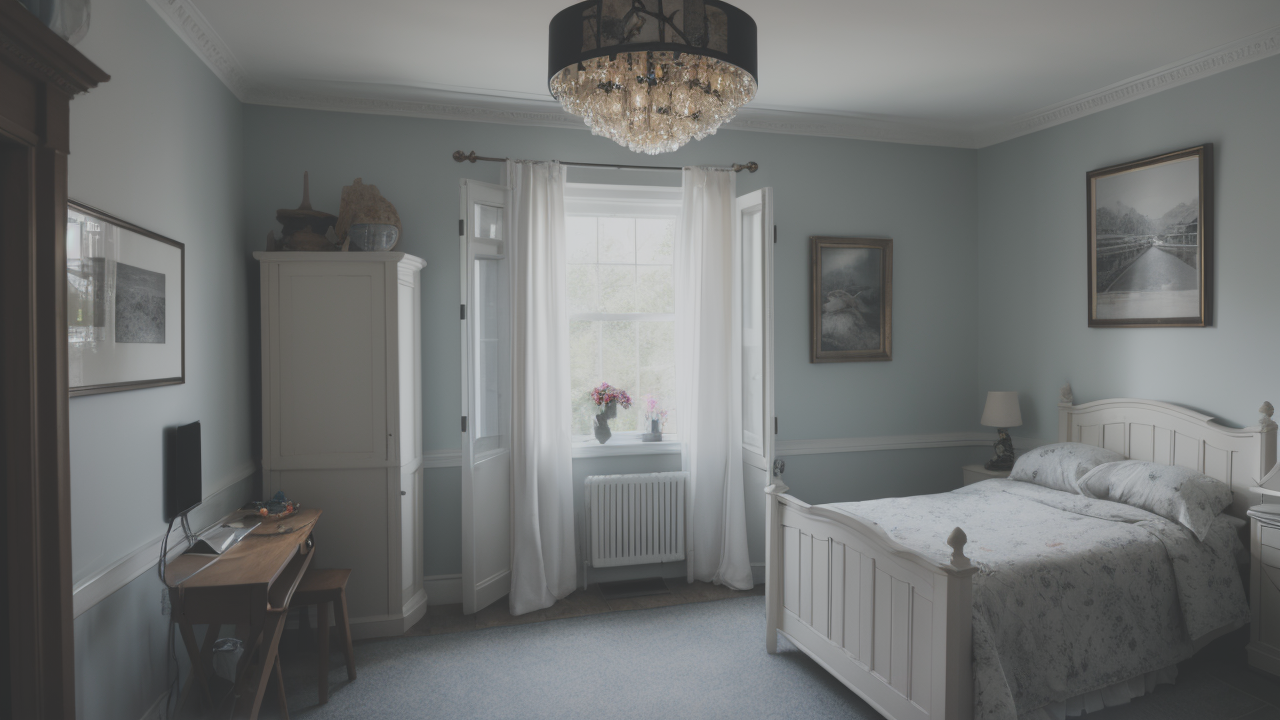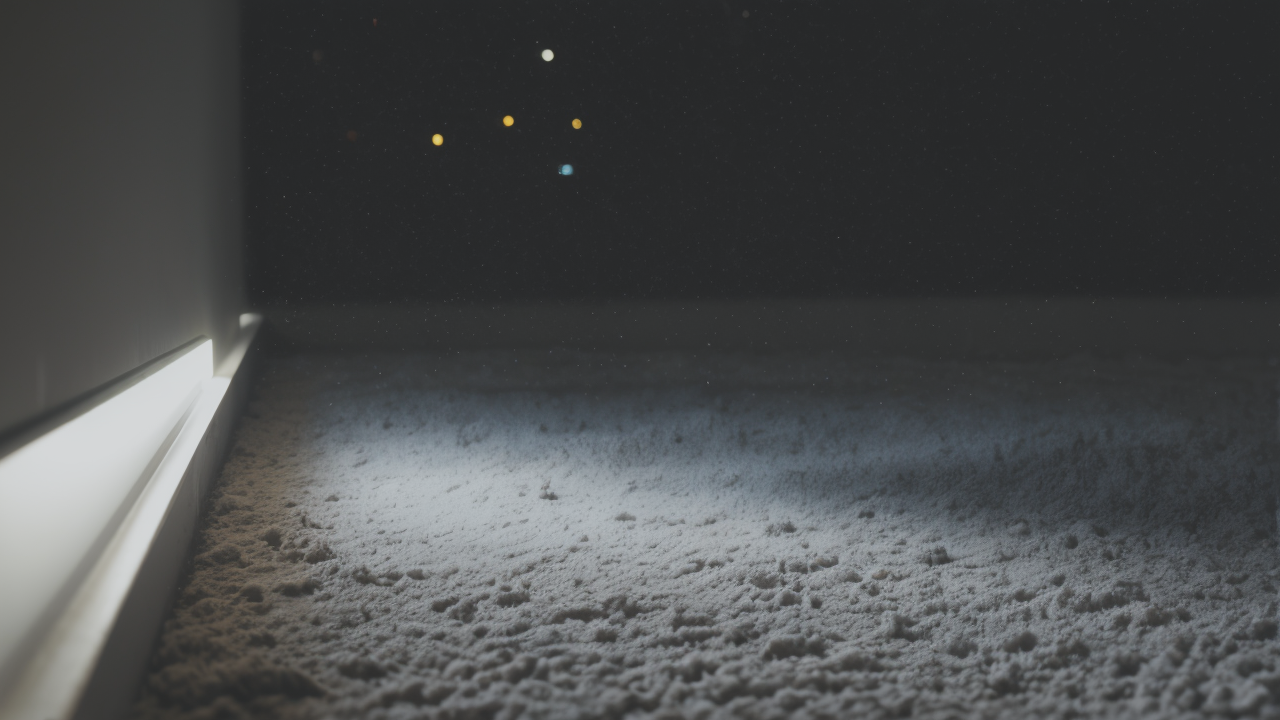
Embracing Whimsy: How to Integrate Loving Hearts and Cartoon Graffiti in Sophisticated Spaces
The Rise of Plaster Textured Art in the United States
History and Evolution of Plaster Art
Plaster art has a rich history in the United States. It dates back to colonial times. Early settlers used plaster for

both practical and decorative purposes. In the 19th century, ornate plaster designs became popular. Craftsmen created
intricate ceiling moldings and cornices. The Art Deco movement of the 1920s embraced plaster art. Bold geometric
patterns adorned walls and ceilings. After a mid-century decline, plaster art is making a comeback. Modern artists
are exploring new techniques with plaster. They're creating innovative textures and forms. Today's plaster art blends
traditional methods with contemporary styles. It's a perfect mix of old-world charm and modern innovation. Artists
are using plaster to create whimsical designs like loving hearts and cartoon graffiti.
Current Trends and Popularity in the U.S. Market
Plaster art is experiencing a renaissance in American homes. Homeowners are seeking unique, handcrafted elements.
Textured wall tiles made from plaster are a hot trend. They add depth and interest to interior spaces. Whimsical
plaster sculptures, like hearts, are becoming popular. Cartoon-inspired graffiti in plaster is a growing trend. These
playful elements add character to sophisticated spaces. The DIY market for plaster art supplies is booming. Many are
trying their hand at creating textured tiles and fun shapes. Interior designers are incorporating these playful
plaster elements in their projects. From chic apartments to upscale offices, whimsical plaster art is making its mark.
The demand for artists who can create these unique pieces has grown significantly.
The Influence of Social Media on Plaster Art Trends
Social media has played a huge role in the resurgence of plaster art. Platforms like Instagram showcase stunning
plaster installations. Artists share videos of their plaster sculpting process. This inspires others to try the craft.
Interior design influencers feature whimsical plaster art in home tours. Loving heart motifs and cartoon graffiti
are often highlighted. This exposure has increased demand for playful plaster art. Hashtags like #plastertexture and
#whimsicalwalls have gained popularity. Pinterest boards are filled with ideas for fun plaster designs. These
platforms connect artists with potential clients. They also serve as a source of inspiration for DIY enthusiasts.
Social media has made whimsical plaster art more accessible and desirable.
Advantages of Using Plaster Textured Art in Home Decor
Adding Depth and Dimension to Living Spaces
Plaster textured art brings a unique tactile quality to interiors. It creates visual interest through its varied

surfaces. Whimsical designs like hearts add a fun element to walls. Cartoon graffiti in plaster can make a bold
statement. These elements add depth to otherwise flat surfaces. In small spaces, playful plaster art can create a
sense of joy. Custom ceiling designs with fun motifs draw the eye upward. This makes rooms feel taller and more
spacious. Plaster sculptures of hearts or cartoon characters serve as focal points. The subtle variations in texture
add sophistication to whimsical designs. Light interacts with plaster textures in beautiful ways. It can create soft,
diffused glows or dramatic shadows on fun shapes. Plaster art transforms ordinary spaces into extraordinary ones.
Versatility Across Different Interior Design Styles
One of plaster art's greatest strengths is its versatility. It can adapt to any interior design style. In modern
spaces, smooth plaster finishes with subtle heart shapes create a sleek look. Rustic interiors benefit from rough
textures with playful cartoon elements. Traditional homes can incorporate classic plaster moldings with whimsical
twists. Bohemian decor embraces freeform plaster sculptures of fun shapes. Contemporary designs might include
geometric plaster tiles with hidden cartoon motifs. The natural color of plaster complements any color scheme. It
can also be tinted for bold, playful statements. Whimsical plaster art works in any room, from living areas to kids'
rooms. Its adaptability makes it a favorite among designers and homeowners seeking a touch of fun.
Environmental and Economic Benefits of Plaster Decor
Plaster is an eco-friendly choice for interior decor. It's made from natural materials like limestone and gypsum.
Unlike some synthetic options, plaster doesn't off-gas harmful chemicals. It's non-toxic and safe for all living
spaces, including children's rooms. Plaster also helps regulate indoor temperatures. This can lead to energy savings
over time. Durability is another key benefit of plaster art. When properly maintained, even whimsical designs can
last for decades. This reduces the need for frequent replacements. From an economic standpoint, plaster is often
cost-effective. DIY enthusiasts can create custom fun shapes at a fraction of the cost. Even professional
installations of playful designs can be more affordable than other high-end finishes. Whimsical plaster art adds
value to your home, both aesthetically and financially.
Best Practices for Incorporating Plaster Textured Art
Selecting Quality and Durability for Art Installations
When choosing whimsical plaster art, quality is crucial. Look for pieces made with high-grade plaster. These are

less likely to crack or chip over time. Consider the environment where the art will be placed. Bathrooms and kitchens
may need sealed plaster to resist moisture. For high-traffic areas, opt for reinforced plaster or protective coatings.
Custom pieces, like cartoon graffiti or heart shapes, should come from skilled artists. Ask about the composition
and any special care instructions. It's worth investing in quality to ensure longevity. Well-made plaster art can
become a lasting part of your home's character. Take time to research different plaster types and finishes. This
will help you make the best choice for your whimsical designs.
Installation Techniques to Maximize Effectiveness
Proper installation is key to the success of whimsical plaster art. For wall-mounted pieces, ensure the wall can
support the weight. Use appropriate adhesives and consult a professional if needed. When installing textured panels
with fun designs, start with a clean, primed surface. This ensures the best adhesion. Apply adhesive evenly and press
firmly to eliminate air pockets. For ceiling installations of playful shapes, safety is paramount. Consider hiring
experts for complex or heavy pieces. Lighting plays a big role in showcasing whimsical plaster textures. Experiment
with different angles to create dramatic effects on fun shapes. Proper installation not only looks better but also
extends the life of your plaster art. Take your time to ensure everything is perfectly aligned and secure.
Maintaining and Caring for Your Plaster Artwork
Regular maintenance keeps whimsical plaster art looking its best. Dust textured surfaces gently with a soft, dry
cloth or brush. Be careful around delicate details of cartoon characters or heart shapes. Avoid water or harsh
chemicals, which can damage the plaster. For stubborn marks, use a slightly damp cloth and blot gently. Don't rub,
as this can alter the texture or design. Address any chips or cracks promptly to prevent further damage. Small repairs
can often be done with plaster filler. In humid areas, use dehumidifiers to protect against moisture damage.
Periodically check for signs of wear or separation from the wall. With proper care, whimsical plaster art can remain
beautiful for many years. It will continue to bring joy and enhance your interior design for decades to come.


